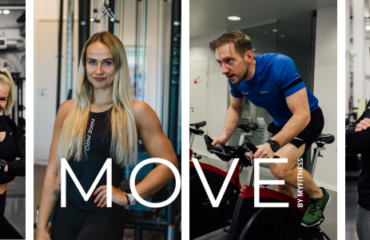Exercise during pregnancy and after childbirth: Training during pregnancy
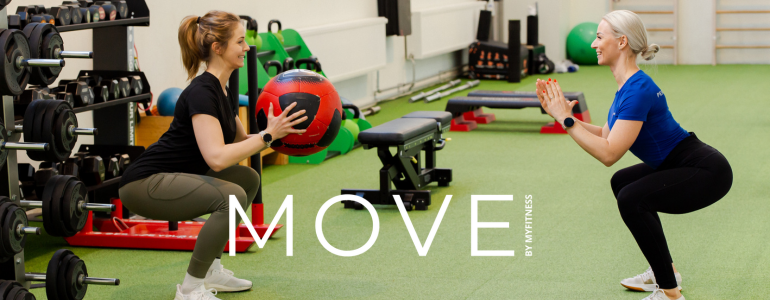
In the month of Mother’s Day, we’re starting a series of five articles on the MOVE blog that explores the training journey of our two amazing members, Annika and Ketter, during and after pregnancy. Through stories of their experience, we provide tips and tricks on how to exercise during pregnancy, resume training after giving birth, and how and when to find training opportunities with your baby.
Former athlete and teacher Annika is supported by MyFitness personal trainer Monika Kahro, who has many years of experience as a personal trainer and nutritionist. Monika’s daughter is just over a year old; trainer managed to remain active and athletic during pregnancy, and to this day.
Musician Ketter is supported by MyFitness personal trainer Ethel Igatt. a mother of 4 with 24 years of coaching and 10 years of nutritional experience. Ethel has successfully supported many women who have sought to regain their former physical form after pregnancy and childbirth.
PART III: “Training during pregnancy”
Annika, how active were you before and during your pregnancy? Have there been major changes in activity?
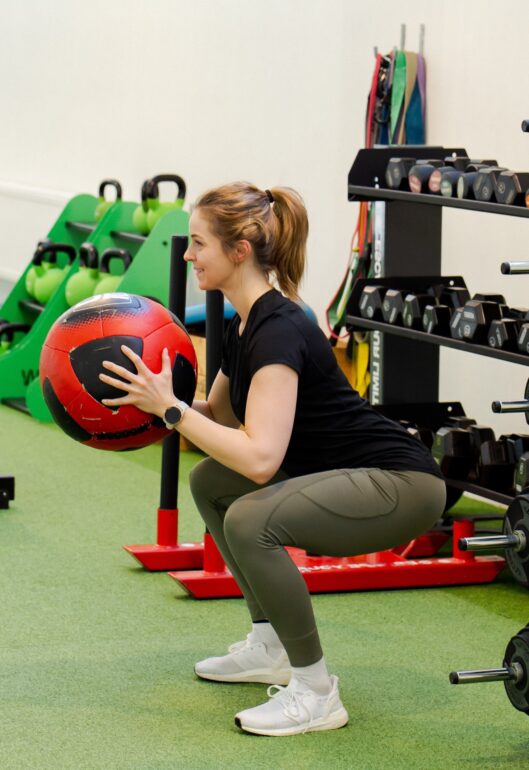 My athletics career came to an end in the summer of 2021 at the European Cup in Romania, where I competed in the 4x400m relay. Unfortunately, due to a knee injury, I was unable to start, and this was the perfect moment for me to finish competitive sports. Originally I trained 8-12 hours a week for competitions. After that, I tried to exercise on my own for 2-4 hours a week. In addition, as a teacher, I easily get my 8000 steps.
My athletics career came to an end in the summer of 2021 at the European Cup in Romania, where I competed in the 4x400m relay. Unfortunately, due to a knee injury, I was unable to start, and this was the perfect moment for me to finish competitive sports. Originally I trained 8-12 hours a week for competitions. After that, I tried to exercise on my own for 2-4 hours a week. In addition, as a teacher, I easily get my 8000 steps.
Due to the position of the fetus, I could not run after the fifth month. Instead, I tried using exercise bike at home, going to the gym, doing rubber band exercises and video workouts. When I started doing prenatal yoga for 15 minutes a day, my back pain disappeared. Before pregnancy, I used to play a lot of volleyball and basketball in the summer, and also rode a bike. When I was pregnant, I stopped playing ball games because of the risk of falling. My physical activity has halved since I quit athletics. It took me a while to find a new rhythm, but I still found movement important.
Describe your exercise and physical activity during pregnancy.
I set a goal of doing 150 minutes of moderate-intensity exercise per week. In the case of such training, the heart rate is individual and clearly depends on age, athletic level and body mass index. For me, a fast pulse means at least 140 beats per minute. During moderate-intensity workout, you sweat, but your heart rate is low enough to be able to talk. When performing the exercises, I relied on the instructional material of healthcare workers. For example, it said that you should avoid contact sports because of the risk of injuring your belly, but at the same time, you can continue your usual workouts. Running and the gym were my usual activities.
During my pregnancy, I went to the gym 2-4 times a week and paid more attention to endurance. I made sure the weights weren’t so heavy that I had to hold my breath while lifting and pressing. I also made sure not to strain my stomach too much. I did the exercises with lighter weights so I could feel the muscle load and at the same time I made sure that the exercises themselves were safe. In the first and second trimesters, I trained my endurance with jogging and a stationary bike. In the third trimester, I walked or worked out on the stair machine. I had my last trimester in the summer months, and even walking made me breathless. In addition to walking, I also did rubber band exercises on the beach under the shade of the trees.
What did physical activity during pregnancy give you?
I knew there were risks involved in exercising during pregnancy, so I searched for scientific evidence about it. Eventually I found everything I needed in the PDF file intended for healthcare professionals. I trained in order to get the benefits indicated there, which are good for both the baby and me. The following is written in the that guide concerning pregnancy and sports activity.
Proven positive effects of exercise during pregnancy:
- Cardiorespiratory or aerobic capacity improves.
- Overall muscle tone improves.
- The occurrence of pain in the lower back and pelvic area decreases.
- Less weight gain during pregnancy/less weight loss during pregnancy.
- The risk of hypertension and its complications decreases.
- Reduces the risk of varicose veins and thrombosis.
- The frequency of occurrence of gestational diabetes decreases.
- Improved adaptation to physical changes during pregnancy.
- The incidence of depression decreases and emotional well-being improves.
Source: Pregnancy and exercise. Guidance material for healthcare professionals
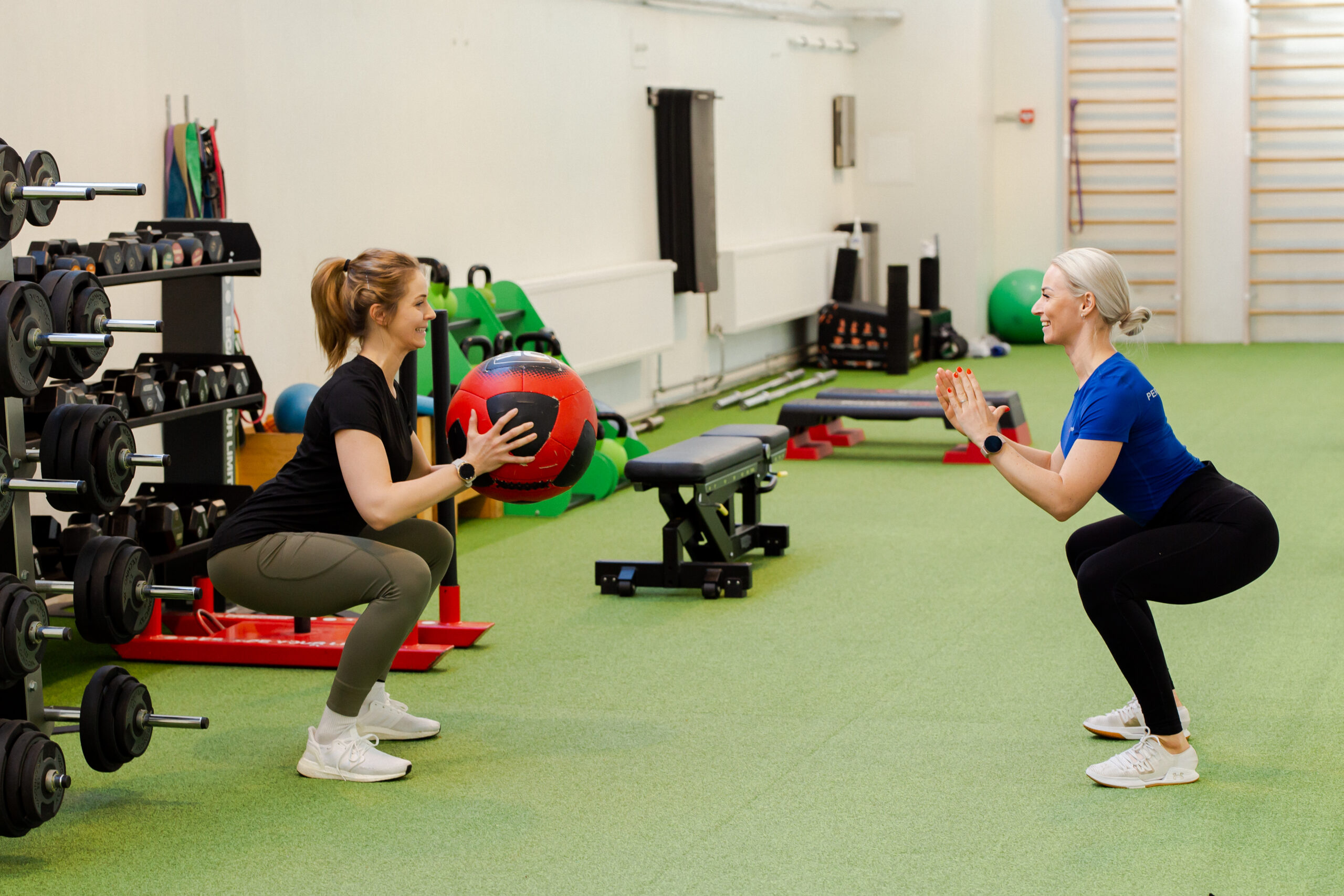
Monika, what are the main myths or misconceptions about exercise during pregnancy?
A common misconception about exercise during pregnancy is to avoid exercising. As if training is forbidden, and you have to lie with your legs up for nine months so that the child can develop in the womb. Of course, if this is a high-risk pregnancy, or if your doctor strictly forbids you to exercise, you should listen. In such cases, there are certainly reasons not to exercise. In a healthy pregnancy, the most supportive workouts are light aerobic movements, bodyweight strength training, and stretching exercises.
You should definitely evaluate your level of physical activity by observing how you feel and taking into account your level of fitness before pregnancy. You need to understand that during pregnancy we protect and support ourselves, and do not expose our body to excessive physical exertion. Of course, expectant and recovering mothers need more rest.
How to determine if a pregnant woman can or cannot do strength training during pregnancy?
Unless your doctor has expressed serious concerns about the health risks, almost all mothers-to-be can work out. Engage in movement, strength training, and stretching exercises, doing all physical activities at a leisurely pace and without impact. If possible, seek the help of a personal trainer several times, who can give advice and choose the best exercises for your body during pregnancy.
When you exercise, your well-being tells you whether you can exercise or not. All days are different during pregnancy. Some days you just need to rest if you are very tired. Strength training with light or body weight and stretching exercises support your body on the way through all changes during pregnancy and help you recover faster after childbirth.
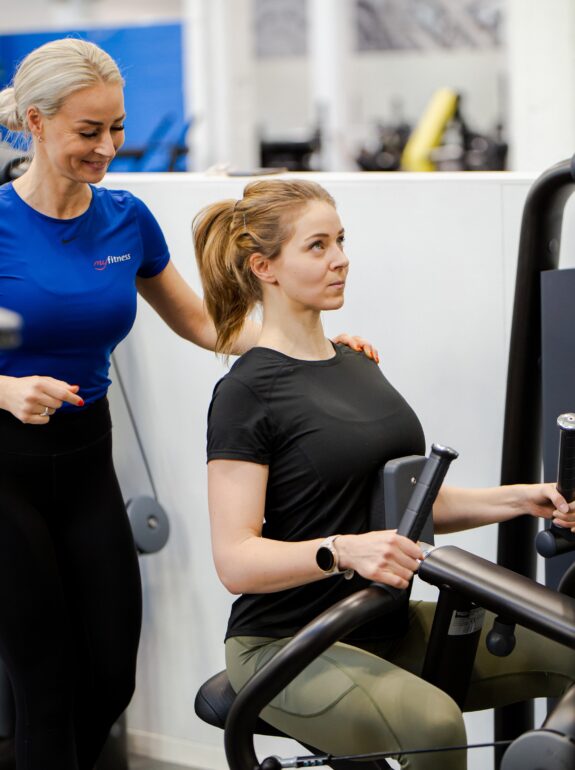 What must be taken into account when working out during pregnancy – for example, how important are heart rate or exercise choice?
What must be taken into account when working out during pregnancy – for example, how important are heart rate or exercise choice?
Pregnancy is not a disease, and various physical and psychological changes occur in the body. You should definitely follow your own feelings and do what makes life more pleasant and easier. Exercises that cause discomfort or a feeling of heaviness in the abdomen should be avoided. You should definitely avoid exercising the rectus abdominis muscles; instead, the abdomen needs stretching.
It is not recommended to train the abdominal muscles nine months before childbirth and two months after. This also includes exercises with a heavy load or weights. High impact exercises and exercises activating the abdominal muscles must be avoided. You should definitely avoid exercises that increase your heart rate too much, as well as exercises that are performed at a high temperature or cause discomfort. Listening to your body helps you become aware of which training exercises are pleasant to perform and which exercises cause discomfort in the whole body or in the abdominal area.
How long into the pregnancy can you work out?
You can exercise throughout your pregnancy if you feel comfortable and if you have not experienced excessive fatigue or discomfort and if your doctor or obstetrician has given permission to exercise. The exercises that are right for you may vary depending on trimester, training, how you feel, and body size. You need to find a suitable exercise and move moderately.
Recommendations for training exercises to help support and strengthen you both during pregnancy and the recovery period:
- It is recommended to definitely stretch and train the buttocks during pregnancy. They help support the lower back after birth and while lifting and carrying the baby.
- You should definitely train between the middle of the back. These muscles support your posture when breastfeeding and carrying a child and help prevent back strain.
- You should also do calf raises. They help support the feet and reduce the feeling of heaviness in the legs.
- During a healthy pregnancy, I recommend light or bodyweight strength training at a leisurely pace.
- Move according to how you feel and keep track of your basic nutrition. If you want to gain weight, the main diet should be as nutritious as possible for the best development of the child and mother. Be sure to drink as much liquid as possible.
- By maintaining a balanced and healthy lifestyle during pregnancy, you will reduce physical discomfort both during pregnancy and after childbirth.
- Moderate exercise will help you keep your body in shape, even if you gain extra kilos during pregnancy. Thanks to this, your overall well-being will also be many times better on this wonderful, but physically exhausting journey.

